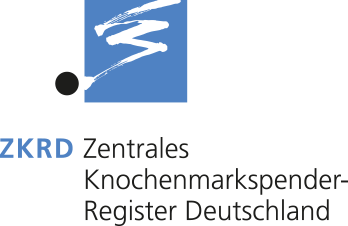Tissue typing involves laboratory analysis of the blood sample or cheek swab taken from a
newly registered donor. Various characteristics are thereby determined which as a whole
reveal a type of “blood group” for white blood cells. The HLA characteristics A, B, C, DRB1
and DQB1 are especially important. Five HLA characteristics are inherited from each parent.
Since there are several hundred variants for each of these five HLA characteristics, there are
trillions of possible combinations. Even more variants can be differentiated due to modern
fine-typing methods. Searching for a suitable donor is therefore difficult: the patient and
donor can only be regarded as “genetic twins” if the combinations of variants match.


